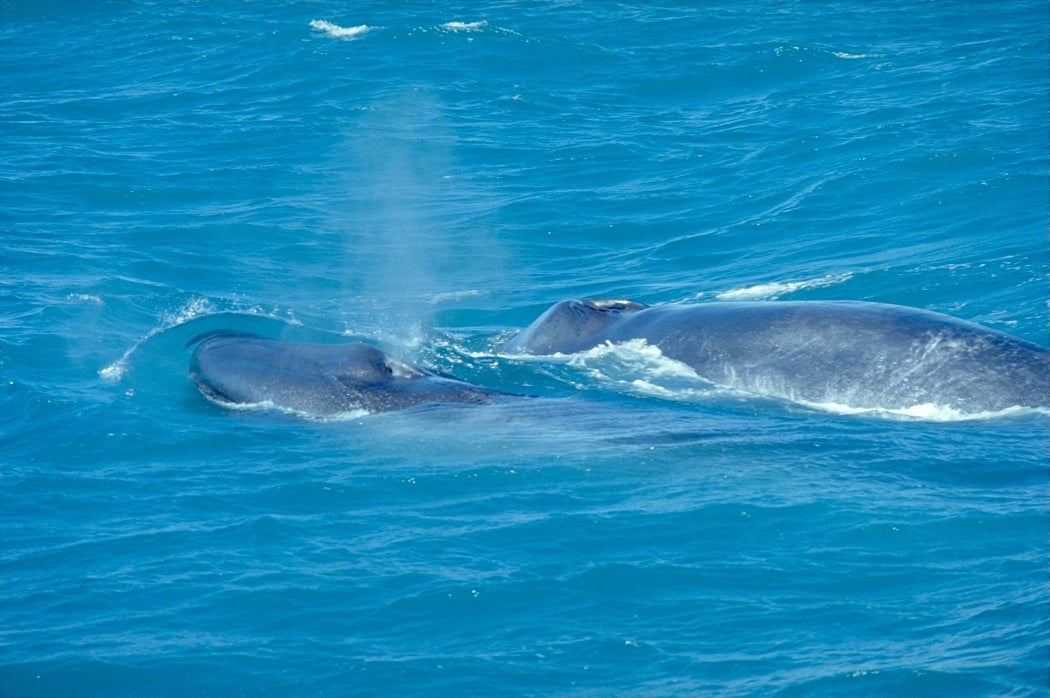In a bit of good environmental news, researchers writing in Marine Mammal Science report that blue whale populations off California have rebounded from losses inflicted by whaling. Better still, the population has rebounded so well that it has nearly reached the carrying capacity of the area. In other words, the population has nearly increased to the highest number that the ecosystem can support. The robust numbers also mean that the population can withstand incidental losses due to collisions with ships, the whales’ most direct threat.
Unfortunately, despite the local improvements the global situation for blue whales remains dire. The world’s largest animal is still listed as “Endangered” on the IUCN Red List and under the U.S. Endangered Species Act (NMFS). Though their immense size made them difficult to hunt during the 19th century, Theodore Salvesen, writing in 1912 in the Journal of the Royal Society of the Arts, describes how early 20th century technological breakthroughs were the blue whale’s undoing. Salvesen reports with horrified fascination how new, faster ships are able to chase the unfortunate whales and destroy them with more powerful harpoons. Blue whale hunting became so prolific that the standard for oil production was the “blue whale unit,” equal to 2 fin, 2.5 humpback or 6 sei whales.
With the global ban in 1971 blue whale hunting ceased, but the whales face a long road to recovery. Populations outside of California remain fragmented and so small that blue whales sometimes have a hard time finding each other in order to mate. This phenomenon—an example of an ecological principle called the Allee effect*—is a problem for many species when numbers drop too far.
The good news is that unlike in Salvesen’s day, technology is now on the whales’ side. Researchers use satellite tracking to help estimate the population size, as well as to track migration routes and better protect whales. Communication systems alert boats to the whale’s presence so awed tourists can admire rather than kill them.
*A situation where some populations, when they become small enough, grow even more slowly than a denser population despite having more resources available.







